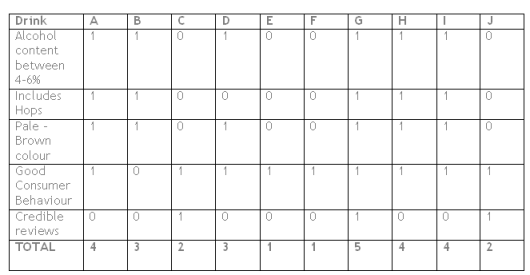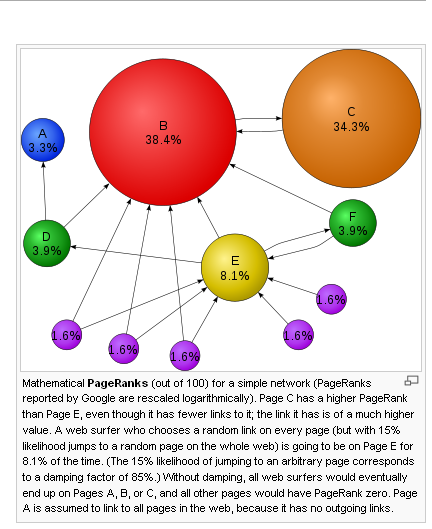|
How Does a Search Engine Work The BEER Analogy
How does a search engine work; you use them everyday, performing dozens of searches to find out all sorts of information and ‘Googling’ is now second-nature to today’s net-savy society. But how does Google, Yahoo, Bing etc. organize thousands – even millions – of pages into ordered results in fractions of a second. I like to use this analogy – beer.
1) Reveal pint of cool, refreshing beer to students 2) Ask for volunteers to drink the beer 3) Get the chosen volunteer to hold glass in front of him/her, as if about to indulge in beery goodness and stop moving. 4) Encourage the rest of the students to give directions on how the volunteer should drink the beer, without using there own judgement 5) Laugh incessantly as volunteer pours beer down there front amidst mixed directions from students The volunteer can only move his arm up, down, left, right, forwards, backwards and stay still. Each ‘command’ given by the jeering students is either a ‘yes/no’ signal whether his hand should follow a direction or not. Even a task as simple as drinking a beer involves a complex string of ‘yes/no’ commands from raising the hand to mouth, angling the glass such that liquid will flow into the mouth (and not all down the front) and then rhythmically gulping down the liquid. Computers work on the same principals; ‘yes/no’. It’s called binary form. The answer to any question is either ‘yes’ or ‘no’ and these are represented by the figures 1 and 0. Sure, but how do search engines work The ‘yes/no’ principle is applied to each different metric. The cumulative number of yes’s or no’s and the importance of each yes or no will help judge the end ranking results. Using the beer analogy again... 
We have 10 drinks – we must rank them in order of 1 -10 based upon which one is the best beer. Some of the drinks aren’t beers and must be ranked lower. Let’s come up with some possible metrics to figure out which drinks are beers and which on of those beers are the best. Keeping it simple, let’s use 5 different metrics to measure our rankings. First metrics: • Alcohol % • Ingredients (hops) • Colour (pale-dark brown) Taste and Quality metrics: • Consumer behaviour • Reviews With regards to the consumer behaviour, let’s assume this is based upon repeat sales. Does the customer buy the drink again – yes or no. As for the credible review, we can deduce who is credible and giving the review based upon there popularity. The table might look like this.
The key difference in the tables is the second ‘binary’ table can measured and therefore some sort of ranking achieved. Search engines, unlike directories are all totally automated. The formulas they use are far more complicated than above and cover more metrics than is worth trying to count. One such formula, PageRank, which was first developed by Google’s founders in 1998 is designed to work out the relative popularity of a web page according to how many and how strong the links to and from the page are. This put the Google search engine ahead of its more established competitors at the time by providing content which was popular with other people as well as being relevant.
The Key Thing The key thing to remember with search engines is the answer is always a yes or no; even on the more complex searches. Grey is a result of a mix of black and white. A ‘grey’ area is the result of a mix of yes’s and no’s. If you’re looking to optimize for the search engines, those are the questions you need to be asking yourself. Do I have relevant keywords in my title?: yes/no Related articles to How Does a Search Engine WorkSearch Engine Optimization Success Stories - How the Experts do it
Return from How Does a Search Engine Work to How to Build A Website
|




 My dad (put on a
My dad (put on a


